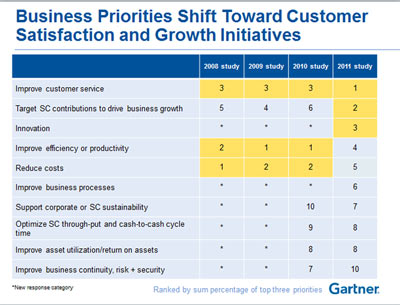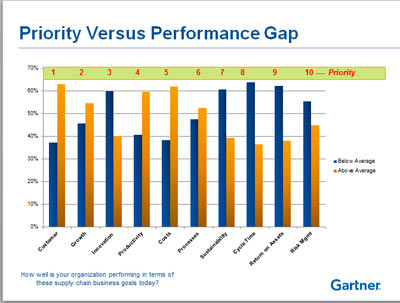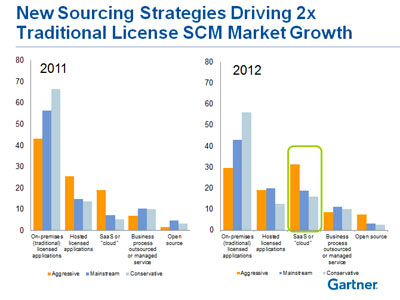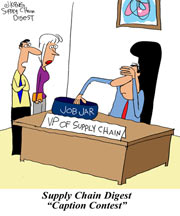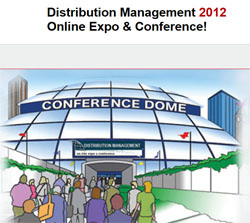 |
May 31, 2012 - Supply Chain Newsletter |
 |
This Week In SCDigest
| FEATURED SPONSOR: MICHIGAN STATE UNIVERSITY | ||||||
|
||||||
|
|
|||||||||||||||||||||||||||
Tuesday's Videocast:
On the Trail to Traceability

Successfully Executing Recalls
in an Era of New Legislation, New Complexity, New Challenges
Featuring Simon Ellis, Practice Director,
Supply Chain Strategies for IDC Manufacturing Insights, and Dave Bruno, Editor of Commerce in Motion
Upcoming Videocast:
Operations Rules for Driving Business Value & Growth
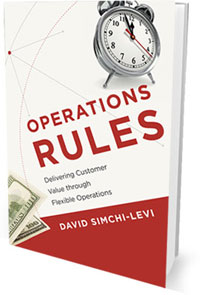
Part 3: Complexity Reduction: Long Tail Analysis
Benefit from Clear Actionable Insight
into your Product Market Performance
Featuring Dr. David Simchi-Levi of MIT
MAJOR NEW RESEARCH PROJECT
Supply Chain
Execution 2012

Research Questions: What is current state of Logistics/Supply Chain Execution Technology (WMS, TMS, Visibility, etc.)? What are the Key Trends in Adoption? How Prevalent is new SCE "Platform" Thinking?
Can you please help by taking this quick 10 minute survey? All respondents will receive a summary of the data in just a few weeks.
Just catching up on a few of the many emails we get each week. Our feedback of the week comes from Doug Naal at Kraft Foods, who says our trivia question a few weeks ago on the GS1-128 bar code wasn't quite right - and we agree with him. His letter is certainly worth reading.
Feedback of the Week - On the GS1-128 Label: |
||
Editor's Note: I of course agree with Doug that we should have referenced the Function Code 1 component of the GS1 symbols. Thanks for the note.
|
||
On Listening to Chuck Taylor:
|
||
Yes, I too am concerned about Peak Oil. I met Chuck Taylor at a Peak Oil event in Denver a couple years ago. We both lamented how we were the only supply chain people at the conference. Things are getting better in our profession, but we still have a long way to go.
|
||
Chuck Taylor is doing a great service for the industry with his recent educational efforts on Peak Oil. |
||
| Great piece.
How many companies are thinking about and doing strategic energy purchasing?
|
||
| On CSA Regulations: | ||
|
SUPPLY CHAIN TRIVIA ANSWER
Q: In 1956, Shell Oil M. King Hubbert predicted US oil output would max out in what year, given rise to the concept of Peak Oil?
A: 1970 – and he was right.
| © SupplyChainDigest™ 2003-2012. All Rights Reserved. SupplyChainDigest PO Box 714 Springboro, Ohio 45066 |
POWERED BY: XDIMENSION |


